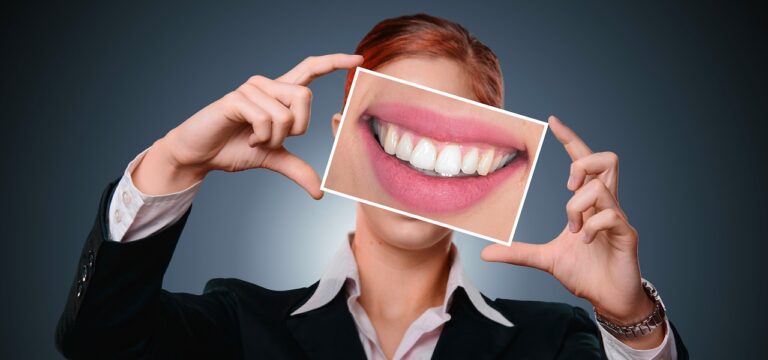The Potential of Biomimicry in Medical Device Design: Learning from Nature’s Solutions
Biomimicry in medical device design offers a myriad of advantages, as it draws on millions of years of evolution to create innovative solutions for complex healthcare challenges. By emulating nature’s design principles, such as efficiency, adaptability, and sustainability, designers can develop devices that seamlessly integrate with the human body, leading to improved patient outcomes and enhanced user experience.
One key benefit of biomimicry is the potential for creating devices with enhanced biocompatibility and reduced risk of rejection or complications. By mimicking the structure and function of biological systems, medical devices can be designed to interact harmoniously with the body’s tissues and organs, minimizing the inflammatory response and promoting faster healing. Additionally, nature-inspired designs often result in devices that are lighter, stronger, and more flexible, making them ideal for a wide range of medical applications.
• Biomimicry in medical device design leverages millions of years of evolution to address complex healthcare challenges
• Nature-inspired design principles such as efficiency, adaptability, and sustainability lead to innovative solutions
• Devices created through biomimicry seamlessly integrate with the human body for improved patient outcomes and user experience
• Enhanced biocompatibility and reduced risk of rejection or complications are key benefits of biomimicry in medical device design
• Mimicking biological systems helps devices interact harmoniously with the body’s tissues and organs, promoting faster healing
• Nature-inspired designs result in lighter, stronger, and more flexible devices suitable for various medical applications
Examples of Nature-inspired Medical Devices
The field of medical device design has been significantly influenced by nature, inspiring innovative solutions to healthcare challenges. One notable example is the development of the Velcro fastening system, which mimics the way burrs attach to animal fur, leading to the creation of secure and reusable medical device closures. Another fascinating nature-inspired medical device is the Sharklet technology, inspired by the antibacterial properties of sharkskin, which has been utilized in designing surfaces that inhibit bacterial growth and reduce the risk of healthcare-associated infections.
Challenges in Implementing Biomimicry in Medical Device Design
Despite the numerous benefits of biomimicry in medical device design, there are several challenges that designers and engineers face in implementing this approach. One of the main obstacles is the complexity and intricacy of biological systems that serve as inspiration. Mimicking the efficiency and functionality of natural structures can be a daunting task, requiring a deep understanding of biology and biomechanics.
Another challenge is the need for interdisciplinary collaboration in biomimicry projects. Bringing together experts from different fields such as biology, engineering, and materials science is crucial for the success of nature-inspired medical device design. However, coordinating the efforts of diverse teams with varying expertise and perspectives can be a logistical challenge, often leading to communication barriers and differing priorities. Such challenges can hinder the smooth integration of biomimicry principles into medical device development processes.
What are some benefits of using biomimicry in medical device design?
Biomimicry in medical device design can lead to more efficient and innovative designs, improved biocompatibility, reduced costs, and potentially better patient outcomes.
Can you provide examples of nature-inspired medical devices?
Some examples of nature-inspired medical devices include prosthetic limbs inspired by the movement of cheetahs, heart valves inspired by the design of jellyfish, and adhesives inspired by the stickiness of gecko feet.
What are some challenges in implementing biomimicry in medical device design?
Challenges in implementing biomimicry in medical device design include the complex nature of biological systems, the need for interdisciplinary collaboration, regulatory hurdles, and the potential limitations of mimicking nature’s designs.







